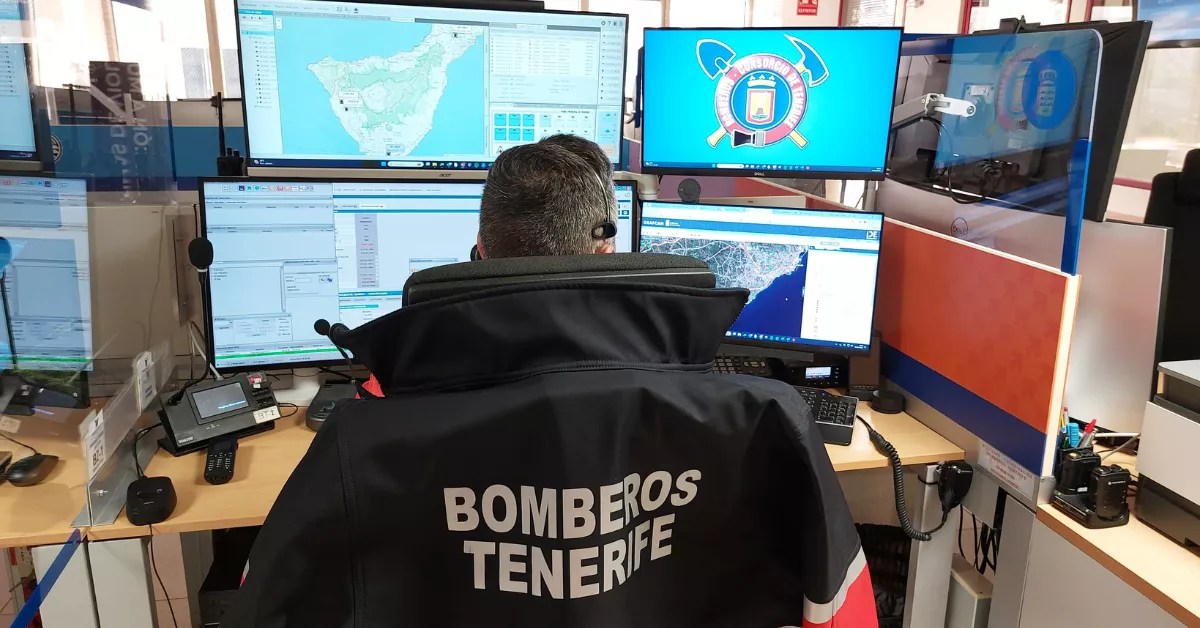The Chair of Agrotourism and Wine Tourism at the University of La Laguna in the Canary Islands, with the backing of the Canarian Institute of Agri-Food Quality, has recently announced the decision of the jury for their eleventh annual Wine and Food Tourism awards. La Orotava has been singled out in these prestigious awards as the Best Municipality in Macaronesia. This accolade is bestowed upon the northern town in appreciation of the Municipality’s longstanding dedication and support towards the primary sector, with a particular focus on vine cultivation and wine production, which hold significant historical importance in the entire Valley.
Ever since its inception, La Orotava has been intertwined with the production of wine and its trade as a livelihood. This rich heritage is the foundation from which the new wine industry of the Villa has emerged. Through the efforts of its vintners, oenologists, and technicians, the local wines have regained their reputation, offering a diverse range of high-quality red and white wines. This revival has attracted other industries to join in and uplift the quality of local wines, actively engaging in various gastronomy and rural tourism ventures, where La Orotava wines feature prominently.
The Mayor, Francisco Linares, emphasised yesterday that the Town is honoured to receive this prestigious recognition, underscoring the continual efforts made over the years to bolster various sectors for the advancement of the local economy, all while maintaining a commitment to environmental preservation and advocating for a sustainable municipality that harmoniously blends tourism and agrotourism with traditions, heritage, and respect.
The local City Council is dedicated to implementing numerous initiatives to elevate the primary sector while addressing multiple facets. Collaborating with other municipalities in the Valley, efforts have been made to secure the designation as a Cultural Interest Asset (BIC) for the unique world-renowned braided cord, preserving the landscape, and launching activities aimed at promoting and showcasing the diversity of rural activities. In doing so, the Villa presents an alternative model that prioritises preservation and care.
















